Here Are 5 Of The Weirdest Auroras, Including The Newly Spotted ‘Dunes’
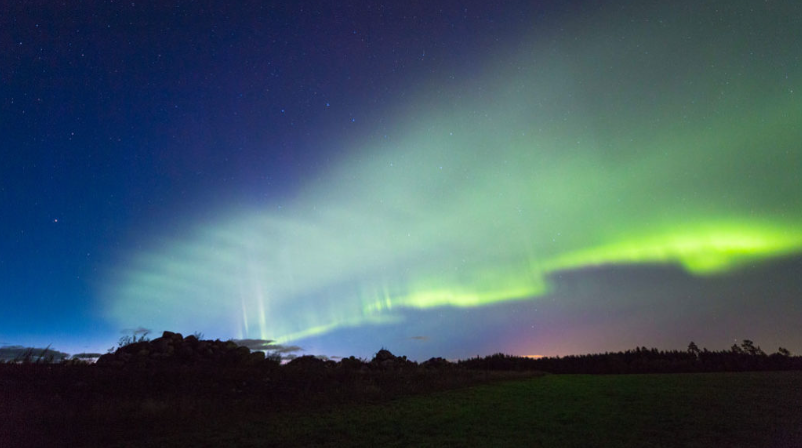
Skygazers have spotted a new jewel in the Northern Lights crown shining over the top of the world. The new type of show is a faint and rare phenomenon called dunes; Unlike other auroras that hang in the sky like light curtains, dunes appear as green bands that run parallel to the ground and point toward the equator, researchers report.
Using photographs taken from different locations in Finland in 2018, the researchers triangulated the position of a set of dunes stretching from western Sweden to western Finland and rising some 100 kilometers above the ground. It is suspected that the unusual streaks of the dune aurora arise from gas ripples in the atmosphere or atmospheric waves, the crests of those waves being regions of higher air density, where there should be more oxygen for cascading electrons to be excited into a bright green. While many atmospheric waves are confused with one another, rare waves that are damped on either side by slightly cooler air can travel long distances without being dragged along.
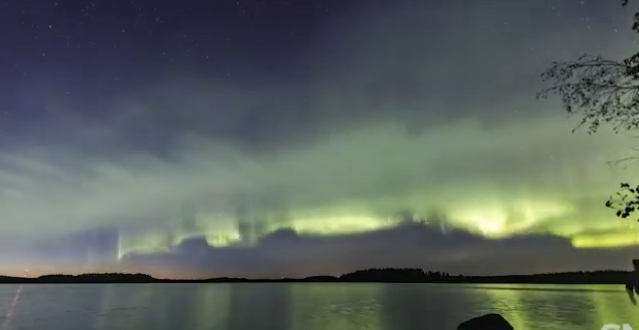
The dunes are just the latest in a long line of auroral oddities, collectively considered one of the natural wonders of the world, and researchers and citizen scientists are revealing a rich diversity in these vibrant displays. Take a look at some of the darkest auroras in the northern and southern hemispheres.
Pulsating aurora – These auroral lights are flickering patches of sky, up to hundreds of kilometers across, that rhythmically brighten and darken, they also tend to occur after midnight and then extend into the morning hours. The flashes of light in these auroras are caused by waves in Earth’s magnetosphere called chorus waves and affect electrons in the magnetosphere in a similar way to ocean waves that periodically deposit foam on a beach, intermittently pushing up clumps of light. of electrons into the atmosphere to create a flickering auroral glow.
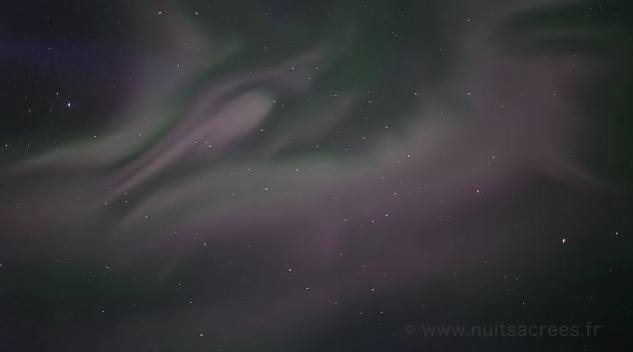
Aurora Cusp: Unlike most known auroras, an aurora cusp is visible at noon, that is, if you’re far enough north that it gets dark around noon. These auroras are named for the polar regions where Earth’s magnetic field lines bend inward, creating funnel-shaped holes in the magnetosphere; they are formed by solar wind particles funneled through the cusp directly into the atmosphere from outside Earth’s magnetic shield.
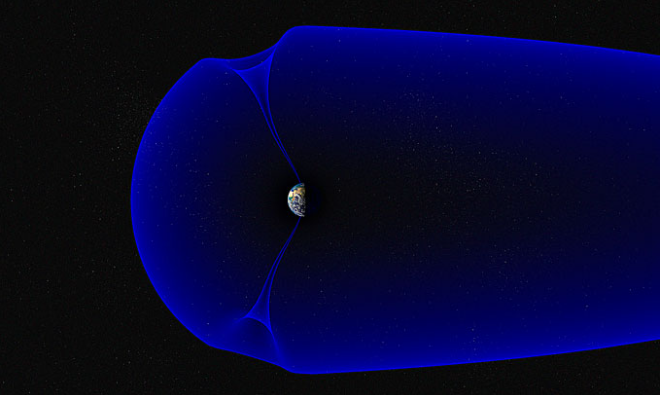
Black aurora: It’s a kind of anti-aurora, appearing as inkblots among the colorful glow of aurora ribbons, the rising electrons don’t rise fast enough to excite nitrogen and oxygen, so in Instead of aurora light, black streaks can be seen within the aurora.
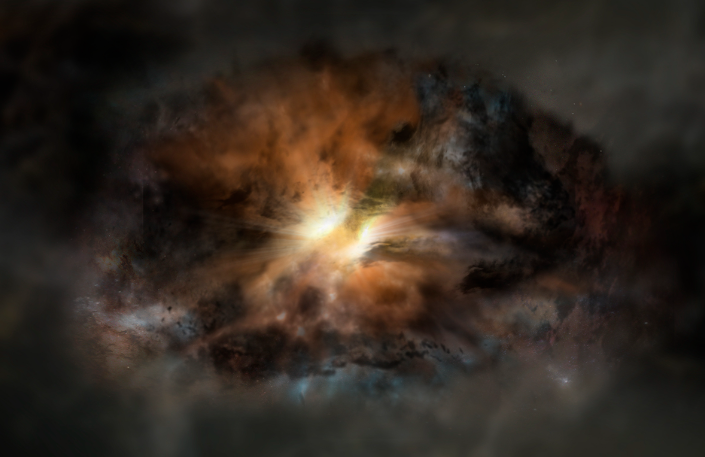
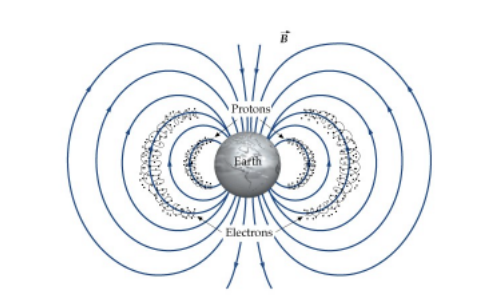
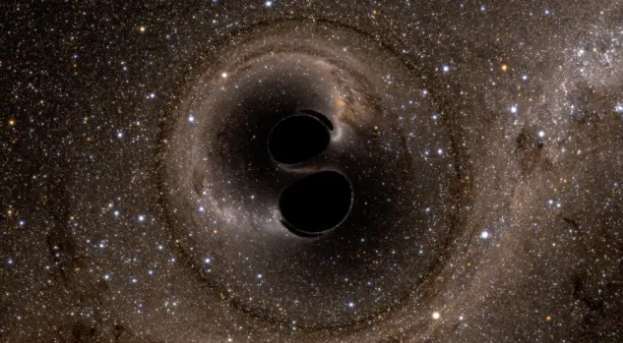
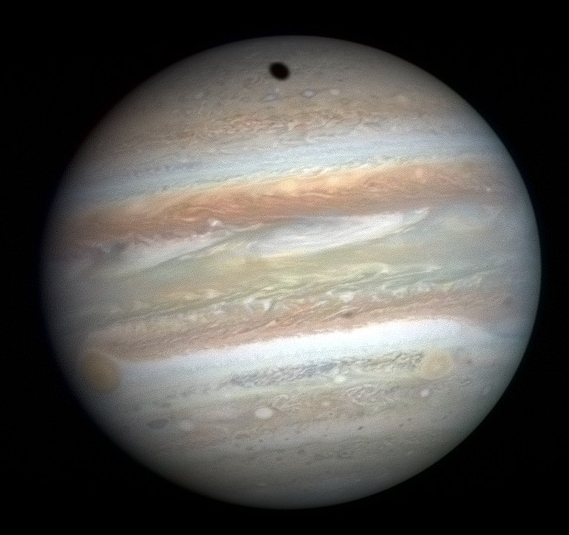
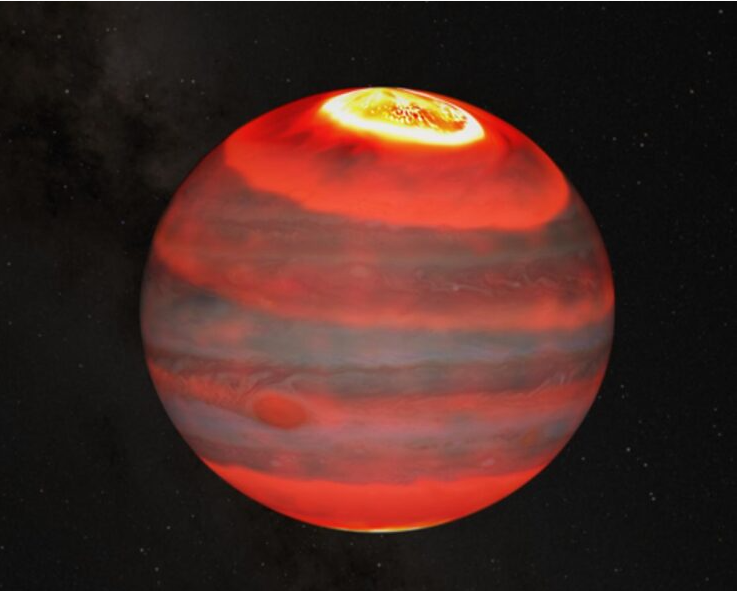
Responses